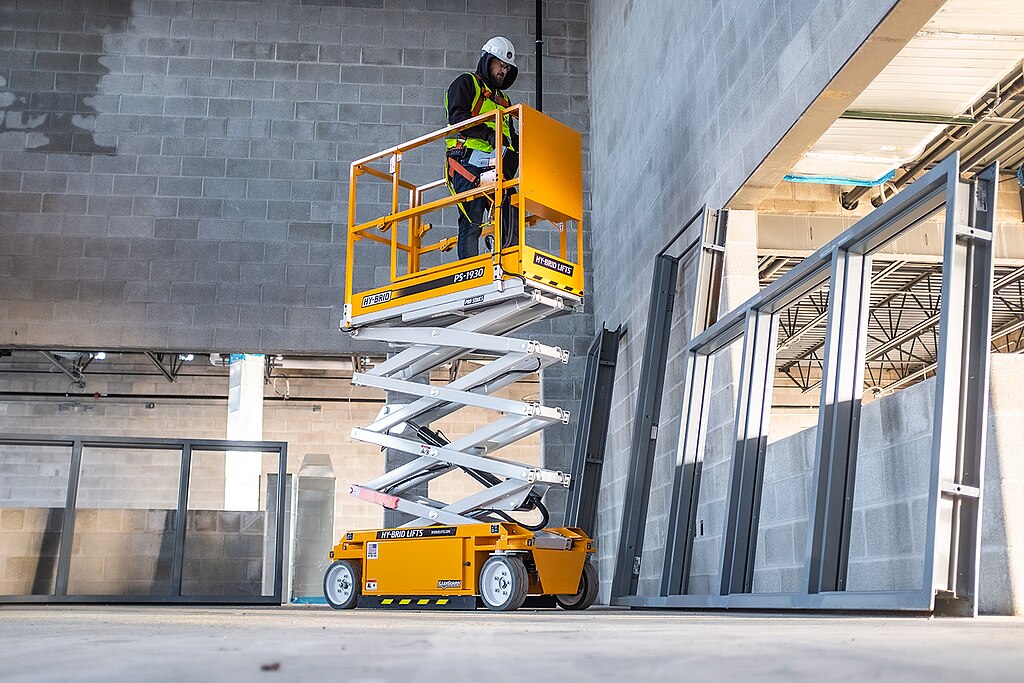Scissor Lifts: Essential Equipment for Industrial and Construction Environments
Scissor lifts have become indispensable tools in modern industrial and construction settings, providing safe and efficient vertical access for workers at height. These versatile mobile platforms offer a reliable solution for tasks requiring elevated work positions, from maintenance and installation to repair and inspection across various professional environments.

What Are the Primary Use Cases for Scissor Lifts?
Scissor lifts serve multiple critical functions in industrial and construction environments. Construction sites utilize these machines for installing electrical systems, painting, ceiling work, and exterior building maintenance. In warehouse and manufacturing settings, they enable workers to access high shelves, perform equipment maintenance, and conduct inventory management at elevated positions.
Key Specifications: Electric vs. Diesel Scissor Lifts
Electric scissor lifts are ideal for indoor applications, featuring zero emissions, quieter operation, and smooth maneuverability on smooth surfaces. These models typically provide working heights between 19 to 32 feet and are perfect for warehouses, retail spaces, and indoor maintenance projects.
Diesel scissor lifts, conversely, excel in outdoor environments with rough terrain. They offer robust performance, higher weight capacities, and extended operational ranges, making them suitable for construction sites, infrastructure projects, and outdoor maintenance work. These models can reach heights up to 50 feet and handle more demanding working conditions.
Critical Factors for Selecting the Right Scissor Lift
Choosing the appropriate scissor lift requires careful consideration of several key factors. Working height represents the primary selection criterion, with models ranging from 19 to 50 feet. Weight capacity is equally crucial, with different lifts supporting loads from 500 to 2,500 pounds.
Platform size and mobility also play significant roles in selection. Narrow models work best in confined spaces, while larger platforms accommodate multiple workers and substantial equipment. Terrain adaptability and power source compatibility are additional essential considerations.
Safety Considerations and Operational Guidelines
Safety remains paramount when operating scissor lifts. Operators must complete certified training programs, understand equipment limitations, and follow strict safety protocols. This includes conducting pre-operation inspections, wearing appropriate personal protective equipment, and maintaining stable positioning during elevated work.
Scissor Lift Pricing and Market Options
| Lift Type | Average Price Range (NGN) | Typical Working Height | Power Source |
|---|---|---|---|
| Electric Indoor Lift | 2,500,000 - 4,500,000 | 19-32 feet | Electric |
| Diesel Outdoor Lift | 4,000,000 - 7,500,000 | 32-50 feet | Diesel |
| Compact Indoor Lift | 1,500,000 - 3,000,000 | 15-25 feet | Electric |
Prices, rates, or cost estimates mentioned in this article are based on the latest available information but may change over time. Independent research is advised before making financial decisions.
Conclusion
Scissor lifts represent sophisticated engineering solutions that enhance workplace efficiency and safety across industrial and construction environments. By understanding their specifications, use cases, and selection criteria, professionals can make informed equipment choices that optimize their operational capabilities.




